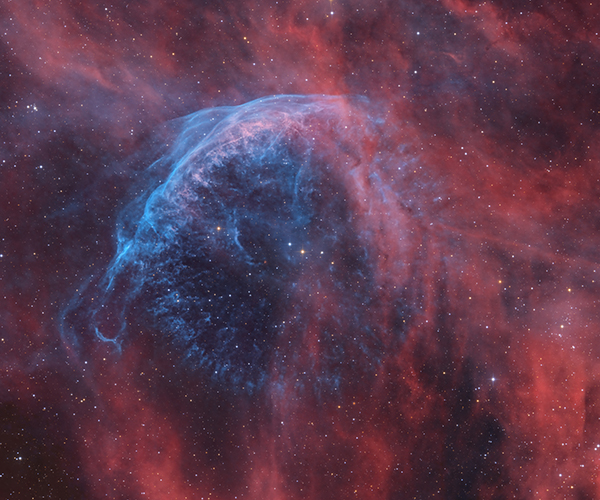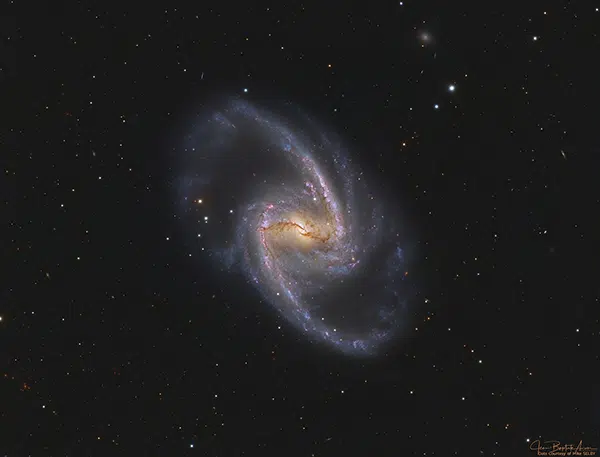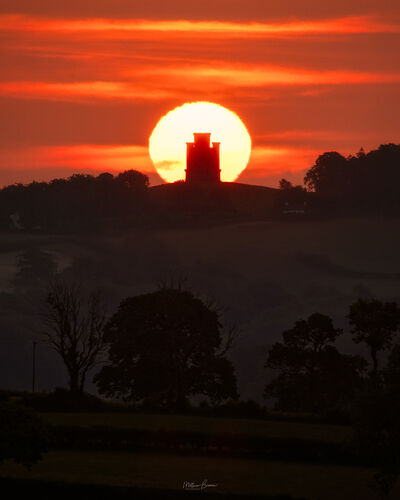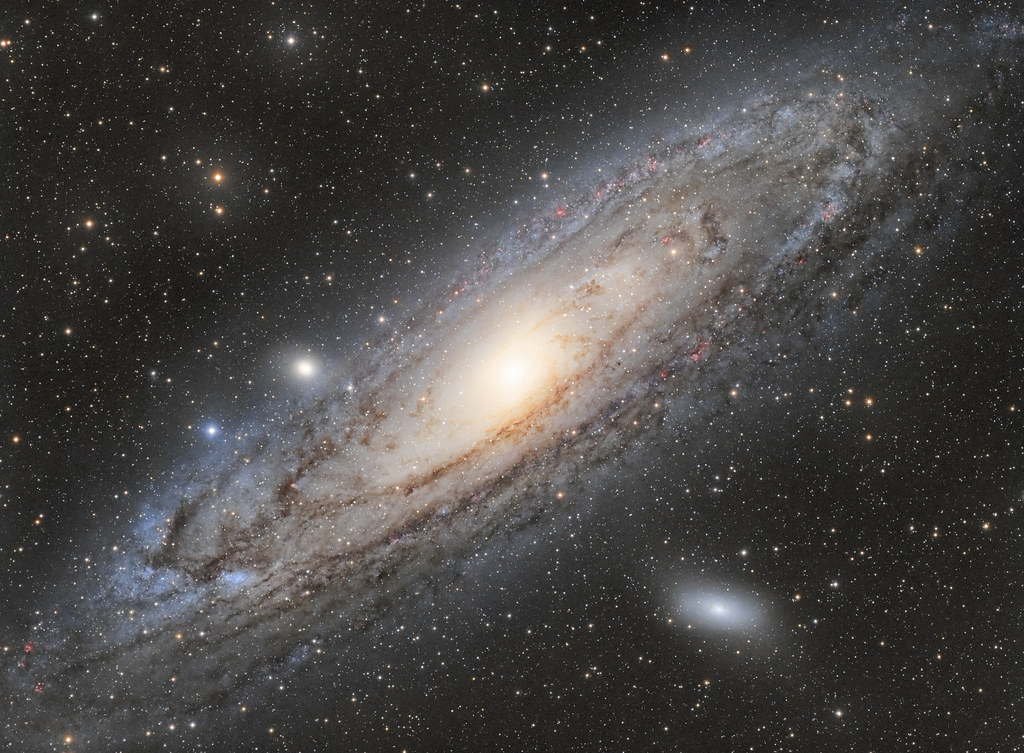Re: Submissions: 2024 January
Posted: Tue Jan 30, 2024 9:15 am
So after 3 months of mostly clouds and rain, we were finally treated to a stretch of 3 fully clear nights, that even coincided with the new moon. I took this stretch of clear weather to good use and targeted the beautifull region of NGC 1333 (the Embryo Nebula), with its huge field of molecular clouds in the surroundings. This area is so much larger then the presented FOV that it basicly begs for being mosaiced in the near future.
Image was taken from January 7th to 11th and incorperates 265 frames of 5 min for a total intergration of 22 hours and 5 min (it's offcourse all in those last 5 min ), calibrated with 50 darks, 25 flats, and 25 darkflats.
), calibrated with 50 darks, 25 flats, and 25 darkflats.
Location: The Sting Of The Scorpion Observatory [TSO]2; Emmen, The Netherlands, Bortle 6 skies.
Telescope: Skywatcher QUATTRO150 @F/3.45
Camera: Altair Astro Hypercam 269C ProTec @0°C, 282 HCG, offset 150.
Filter: Optolong L-pro
Focuser: ZWO EAF
Mount: Skywatcher NEQ6
Guiding: QHY5 9x50 Finderguider
Software: N.I.N.A (EQmod/ASTAP/PHD2)
Pre- and Post-Processing: PixInsight (WBPP / starless [RC astro SxT] DBE / SPCC / RC astro BxT/NxT / GHS / SCNR / Dynamic Crop).
Image was taken from January 7th to 11th and incorperates 265 frames of 5 min for a total intergration of 22 hours and 5 min (it's offcourse all in those last 5 min
Location: The Sting Of The Scorpion Observatory [TSO]2; Emmen, The Netherlands, Bortle 6 skies.
Telescope: Skywatcher QUATTRO150 @F/3.45
Camera: Altair Astro Hypercam 269C ProTec @0°C, 282 HCG, offset 150.
Filter: Optolong L-pro
Focuser: ZWO EAF
Mount: Skywatcher NEQ6
Guiding: QHY5 9x50 Finderguider
Software: N.I.N.A (EQmod/ASTAP/PHD2)
Pre- and Post-Processing: PixInsight (WBPP / starless [RC astro SxT] DBE / SPCC / RC astro BxT/NxT / GHS / SCNR / Dynamic Crop).





